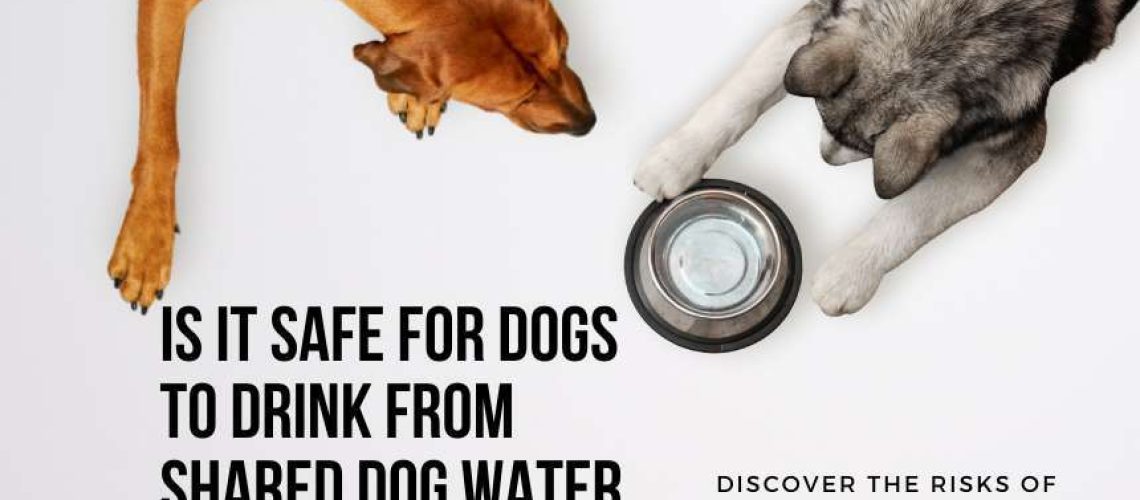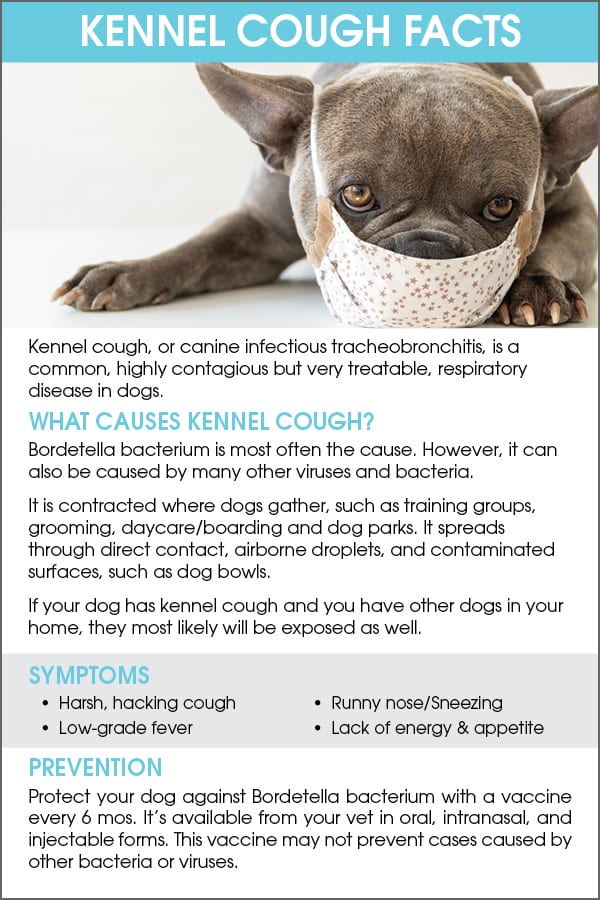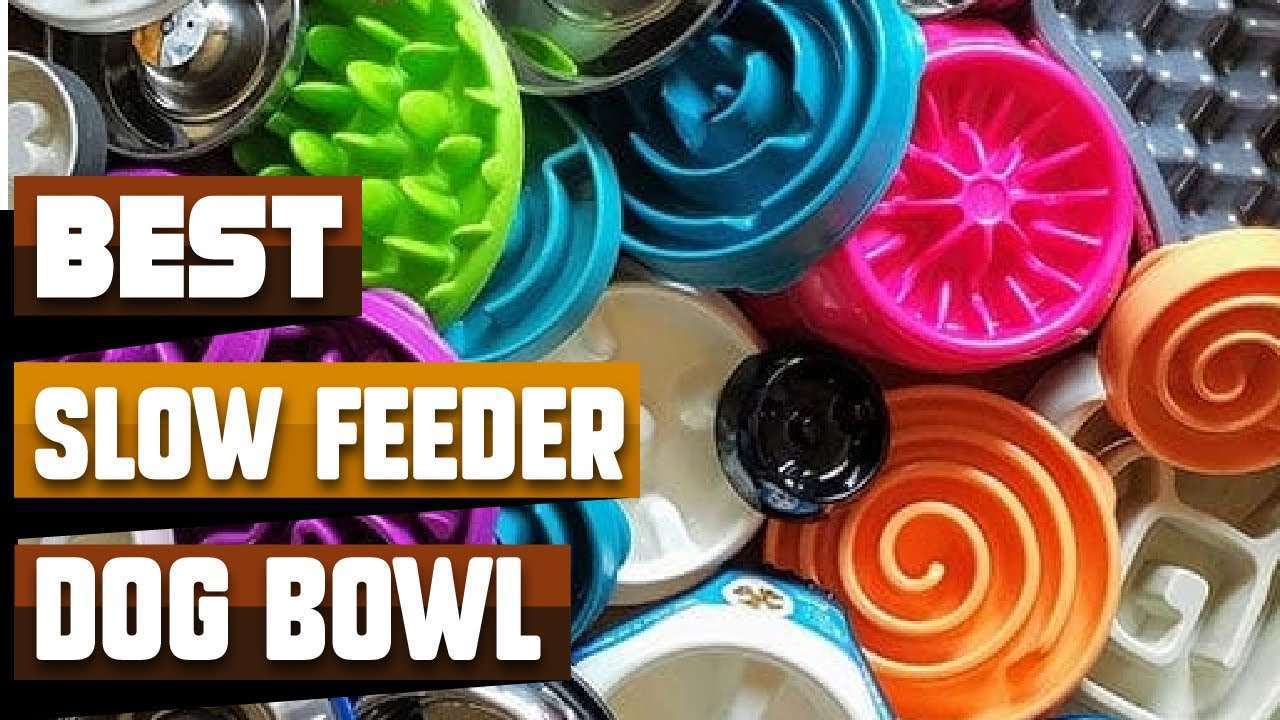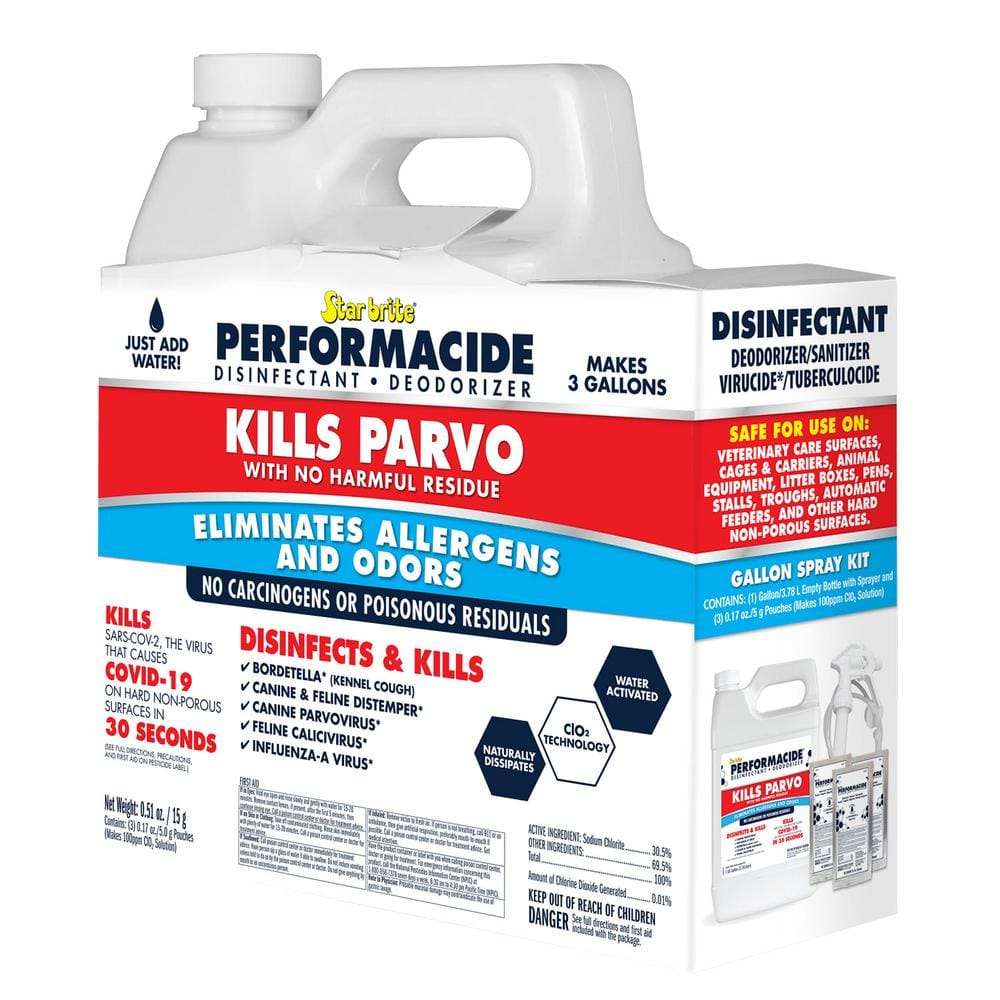Key Takeaways:
-
1. Sharing water bowls can increase the risk of spreading diseases among dogs, such as kennel cough or parvovirus.
2. Dogs may exhibit dominant behavior when drinking from shared water bowls, leading to potential conflicts or aggression.
3. Certain dogs with compromised immune systems or underlying health conditions are more susceptible to contracting illnesses from shared water bowls.
4. Regularly cleaning and disinfecting shared water bowls can help minimize the risk of disease transmission.
5. Providing each dog with their own separate water bowl is a safer and healthier option to prevent the spread of infections.
Are you a dog lover? If so, you probably want to ensure that your furry friend stays healthy and happy. Well, here's something that might surprise you - the water bowl your dog drinks from could actually be putting their health at risk! That's right, shared water bowls may not be as safe as we once thought. But before you dismiss this as just another pet-related concern, consider this: according to a recent study, nearly 70% of shared water bowls tested positive for harmful bacteria. So, if you want to protect your four-legged companion from potential infections and keep them in the best shape possible, it's crucial to understand whether it's safe for dogs to drink out of shared water bowls. In this article, we will delve into this subject and explore the potential risks involved. By the end, you'll have all the information you need to make an informed decision about your pup's hydration habits. So let's jump right in and uncover the truth behind shared water bowls!
Why is it important to keep dogs safe when sharing water bowls?
When dogs share water bowls, there is a risk of spreading germs and diseases. Just like humans, dogs can get sick from bacteria and viruses. If one dog has an illness or infection, they can easily pass it on to other dogs through a shared water bowl. This can lead to an outbreak of sickness among the dogs in the area.
Additionally, some dogs may have allergies or sensitivities to certain substances that could be present in the water bowl. For example, if one dog has a food allergy and their saliva gets into the bowl, another dog who drinks from it may have an allergic reaction. Therefore, it is important to keep dogs safe by ensuring that their water bowls are clean and free from potential contaminants.
The Risks of Sharing Water Bowls
There are several risks associated with sharing water bowls among dogs:
- Spread of diseases: Dogs can transmit illnesses such as parvovirus, kennel cough, or giardia through contaminated water bowls.
- Allergic reactions: Dogs with food allergies or sensitivities may have adverse reactions if they come into contact with substances present in another dog's saliva.
- Bacterial growth: If water bowls are not cleaned regularly, bacteria can multiply and cause infections or stomach upset in dogs.
Keeping Dogs Safe
To keep dogs safe when sharing water bowls:
- Clean the bowls regularly using hot soapy water and rinse them thoroughly.
- Avoid using harsh chemicals or detergents that could be harmful to dogs.
- Provide each dog with their own separate water bowl to prevent cross-contamination.
- Monitor the dogs' health and seek veterinary attention if any signs of illness are observed.
Potential risks for dogs when drinking from shared water bowls
1. Transmission of diseases:
When dogs drink from shared water bowls, there is a risk of transmitting diseases. Some common illnesses that can be spread through saliva or contaminated water include kennel cough, parvovirus, and leptospirosis. These diseases can cause severe health issues in dogs and may even be fatal if left untreated.
2. Increased risk of dehydration:
In a shared water bowl situation, dominant dogs may prevent others from accessing the water, leading to dehydration for the less assertive ones. Dehydration can have serious consequences on a dog's overall health and well-being. It is essential to ensure that all dogs have equal access to clean and fresh water at all times.
Prevention:
To minimize the risks associated with shared water bowls, it is crucial to take certain preventive measures. Firstly, consider providing individual water bowls for each dog to avoid potential transmission of diseases. Additionally, monitor their drinking habits closely to ensure that every dog gets enough hydration throughout the day.
Can dogs get sick from drinking out of shared water bowls?
Yes, dogs can get sick from drinking out of shared water bowls due to various reasons:
1. Bacterial contamination:
Shared water bowls can become breeding grounds for bacteria if not cleaned regularly. Bacteria like E.coli and Salmonella thrive in moist environments and can cause gastrointestinal issues in dogs when ingested.
2. Parasite infestation:
If one dog using the shared water bowl has parasites like giardia or cryptosporidium, these microscopic organisms can contaminate the water and infect other dogs who drink from it.
Solution:
To keep your furry friends healthy, it is essential to clean and sanitize shared water bowls regularly. Use hot soapy water and rinse thoroughly to remove any bacteria or parasites. Alternatively, consider using stainless steel or ceramic bowls that are easier to clean and less likely to harbor harmful pathogens.
How to keep shared water bowls clean and safe for dogs
1. Regular cleaning:
Clean the shared water bowl at least once a day with hot soapy water. Scrub the bowl thoroughly, ensuring all residue is removed before rinsing it clean.
2. Sanitization:
To further eliminate any remaining bacteria or parasites, sanitize the bowl by soaking it in a mixture of one part bleach to ten parts water for ten minutes. Rinse it thoroughly afterward to remove any traces of bleach.
3. Separate drinking stations:
Consider providing individual drinking stations for each dog to prevent cross-contamination. This can be achieved by using separate bowls or installing pet fountains that provide a continuous flow of fresh water.
Note:
Remember to monitor the cleanliness of the shared water bowl regularly and repeat the cleaning process as needed throughout the day.
Alternative options to shared water bowls for keeping dogs healthy
While shared water bowls can pose risks, there are alternative options available:
1. Individual water bottles:
Using individual water bottles with attached dispensing mechanisms allows each dog to have their own source of fresh and uncontaminated water during outings or walks.
2. Automatic pet fountains:
Investing in automatic pet fountains ensures a continuous supply of filtered and flowing water for your furry companions. These fountains often have replaceable filters that help maintain clean and safe drinking water.
Bonus tip:
Encourage your dog's natural instinct to drink from running water by using a pet fountain. This can also help in increasing their water intake, promoting better hydration.
Tips for promoting safe drinking habits in dogs
1. Provide fresh water:
Always ensure that your dog has access to clean and fresh water throughout the day. Change the water regularly to prevent bacterial growth.
2. Monitor water intake:
Keep an eye on your dog's drinking habits and make sure they are adequately hydrated. If you notice any changes in their water consumption, consult a veterinarian as it could be a sign of an underlying health issue.
3. Train them to drink from their own bowl:
Teach your dog to drink from their designated bowl or pet fountain instead of shared bowls. This helps minimize the risk of disease transmission and ensures they have access to uncontaminated water.
Remember, keeping your furry friend hydrated is crucial for their overall health and well-being. By following these tips and implementing preventive measures, you can promote safe drinking habits and reduce the risks associated with shared water bowls.
In conclusion, it is generally safe for dogs to drink out of shared water bowls. However, it is important to regularly clean and disinfect the bowls to prevent the spread of bacteria or diseases between dogs.
What can dogs get from sharing water bowl?
Dogs, with their habit of sniffing each other, are already at risk of being exposed to fecal waste. However, if fecal bacteria contaminate a shared drinking bowl, it can easily spread intestinal diseases like roundworms and parvovirus from one pet to another.
Can dogs get giardia from sharing water bowls?
Giardia can be easily transmitted between pets living together in the same house. If one dog in the household becomes infected, it is highly likely that the other dogs will also become infected. This parasite can spread through various activities such as licking, playing, sharing food and water bowls, and even walking in the same areas.
Is 2 bowls of water a day too much for a dog?
Typically, dogs require approximately one ounce of fluids for every pound of body weight each day. Therefore, a 10-pound dog would need a little over one cup of clean water on a daily basis. However, if your dog consumes a significantly larger amount of water, it could indicate a potential health issue.
Why won't my dog share a water bowl?
If you have ever seen your dog rigidly guarding their favorite toy, intimidating other dogs who try to come near, you may have witnessed resource guarding. This term describes a behavior in which a dog tries to establish their ownership over something, such as toys, beds, treats, a shared water bowl, or even their favorite person.
Can dogs get UTI from sharing water?
If a water bowl is not cleaned correctly, harmful bacteria will multiply and contaminate the water. These harmful biofilms have been associated with urinary tract infections (UTIs), bladder infections, middle-ear infections, and other health issues.
Can dogs get parvo from sharing water?
Please note that although Parvovirus and Canine Influenza Virus can easily spread through water bowls, it is more likely to be transmitted through the dry areas of the bowls. The presence of water can reduce the spread of these viruses.

















